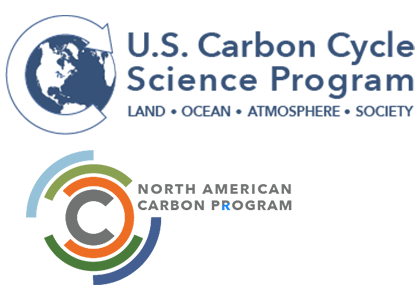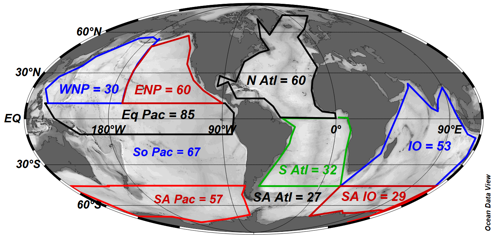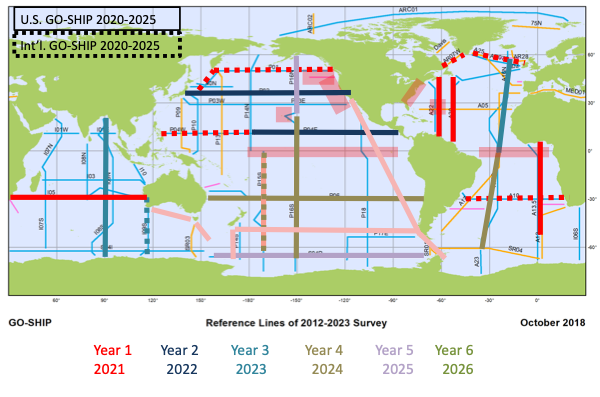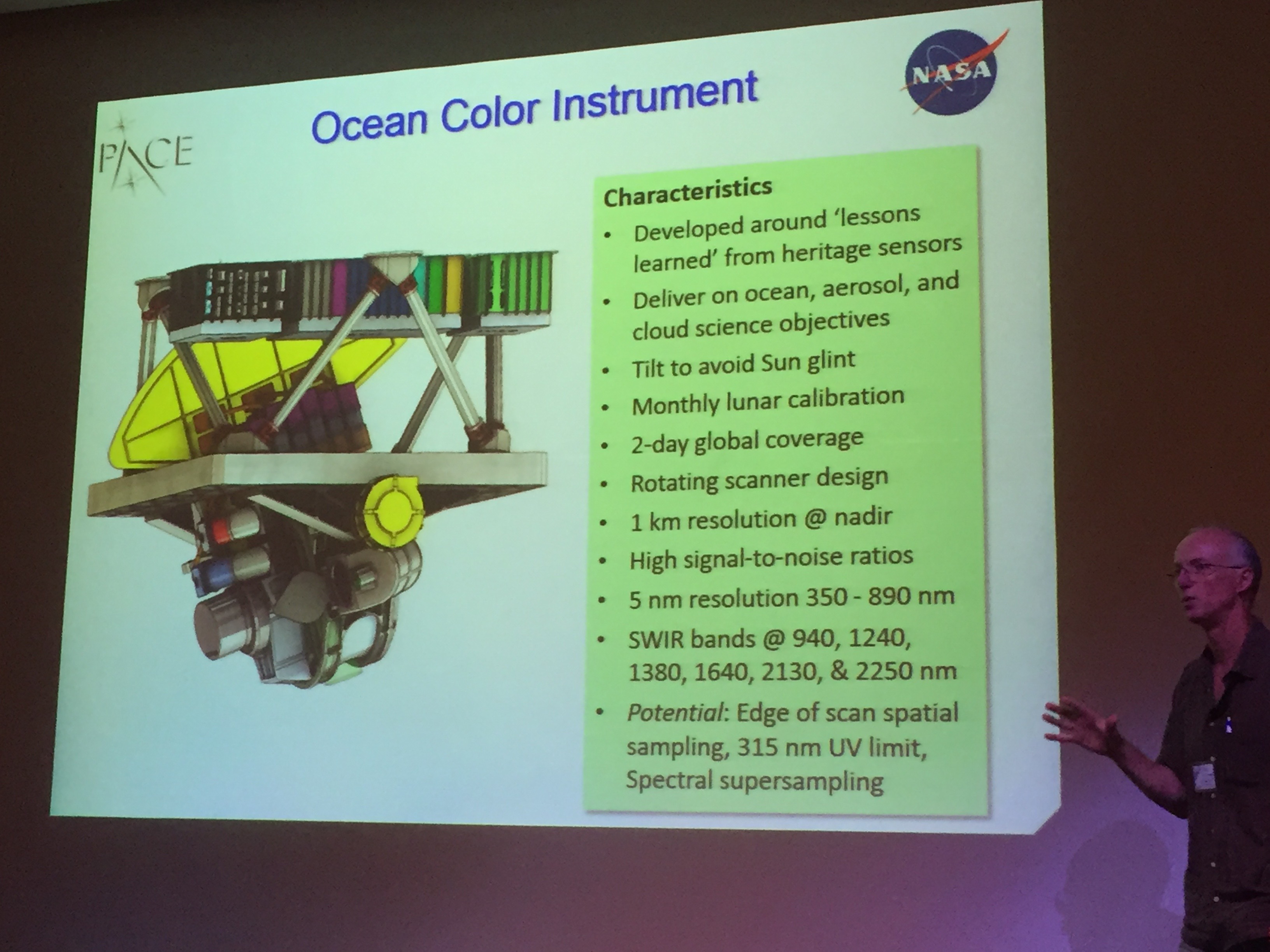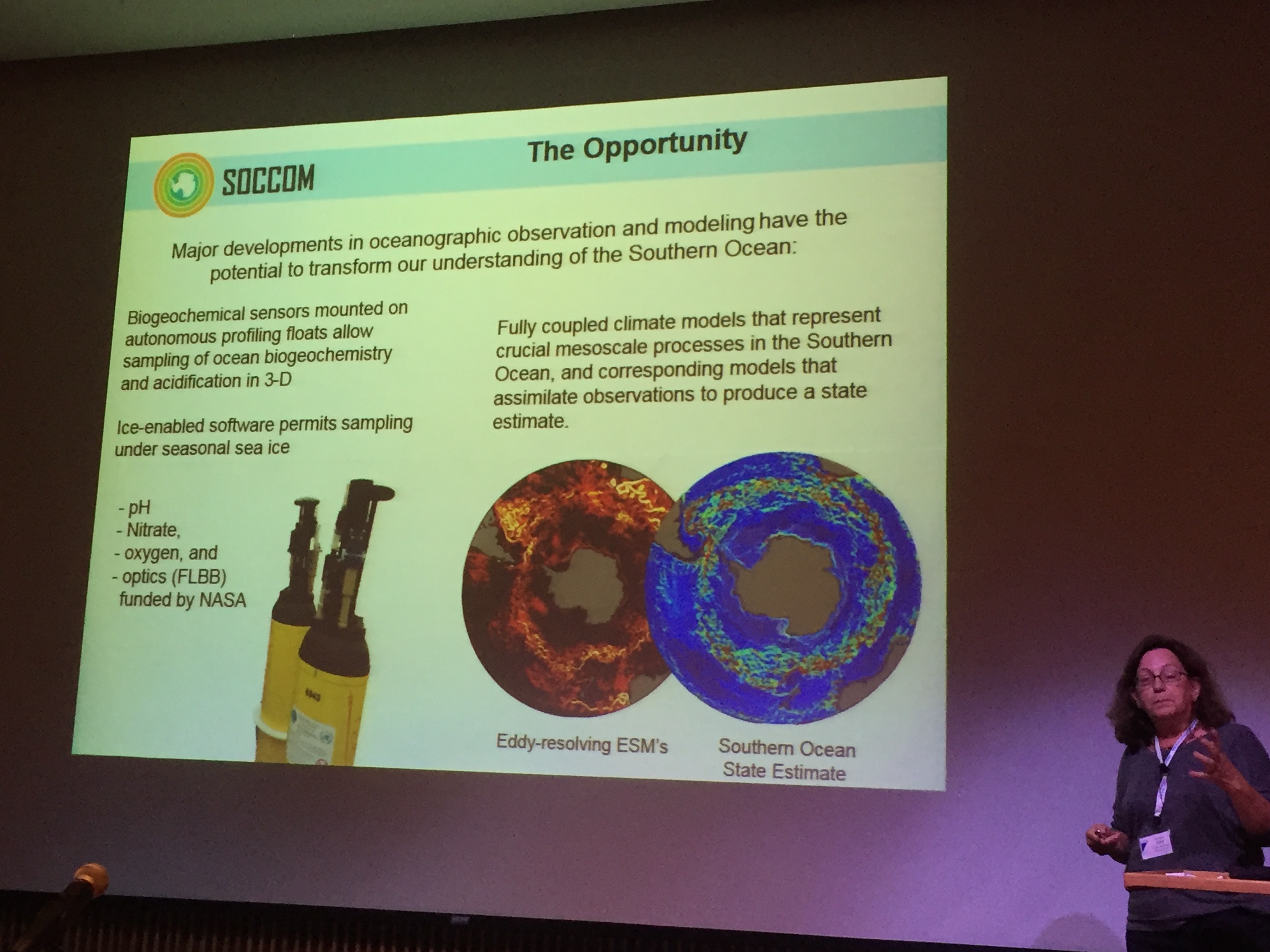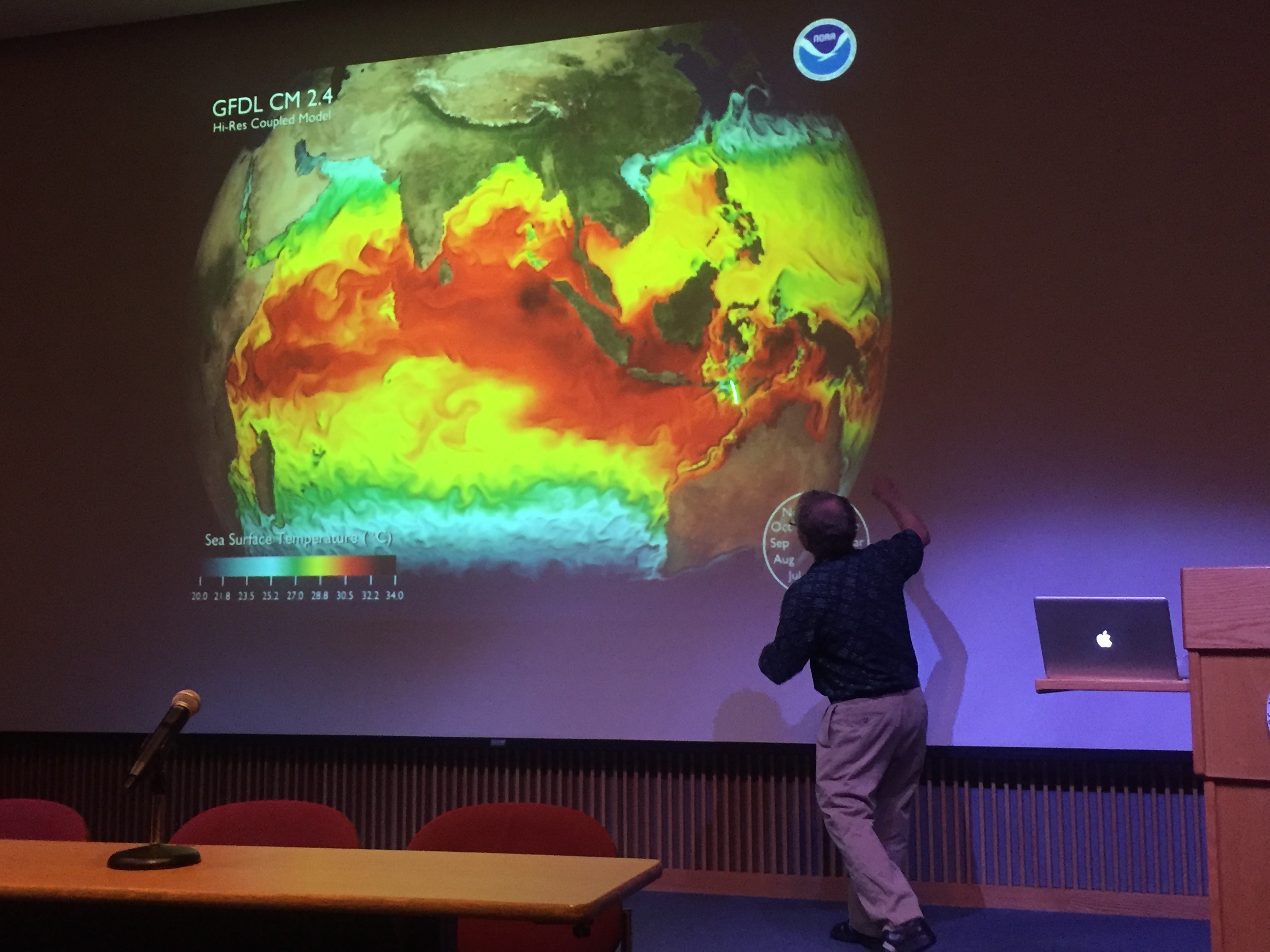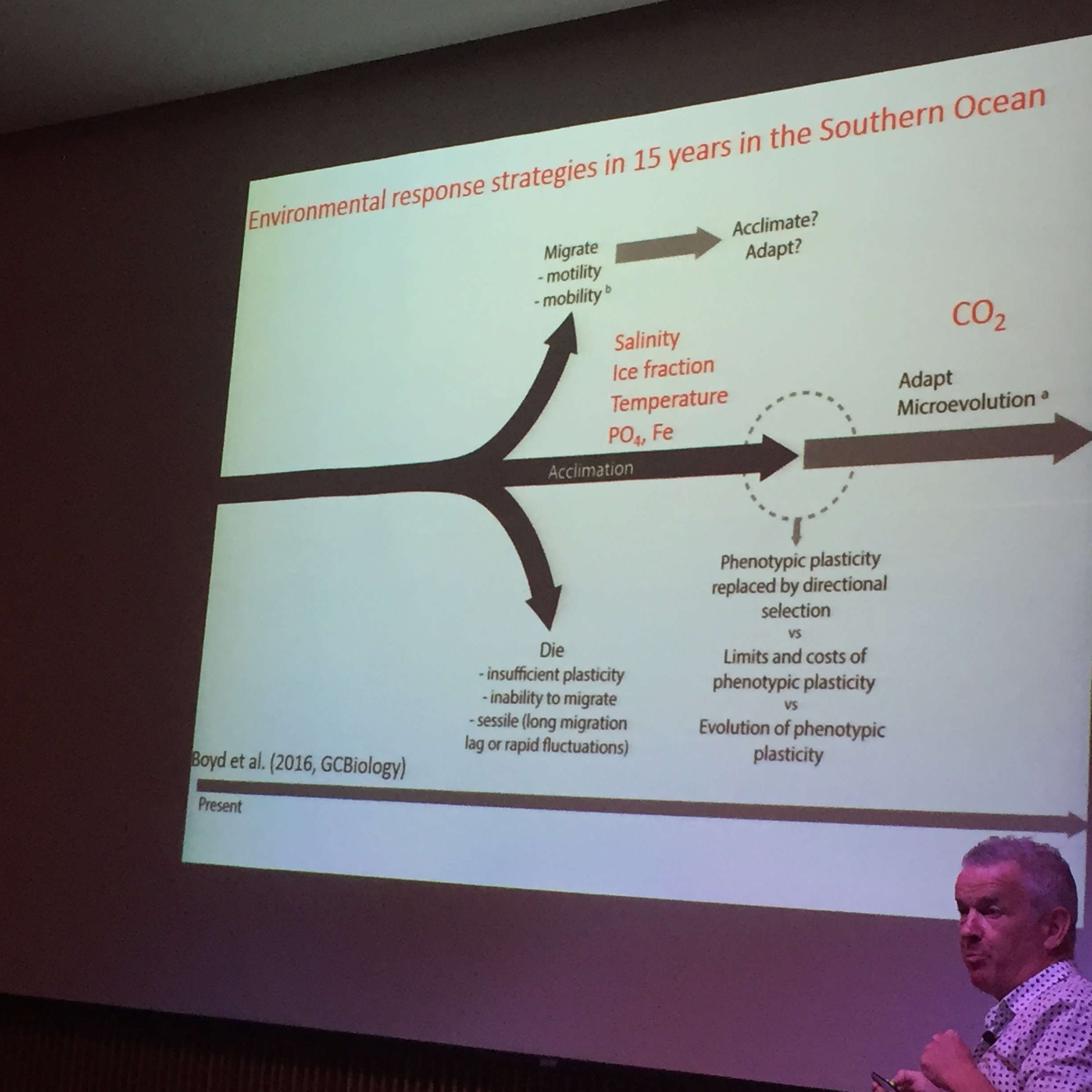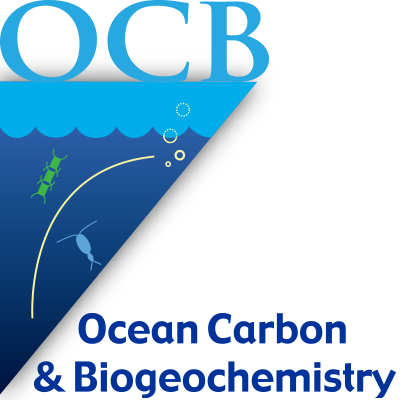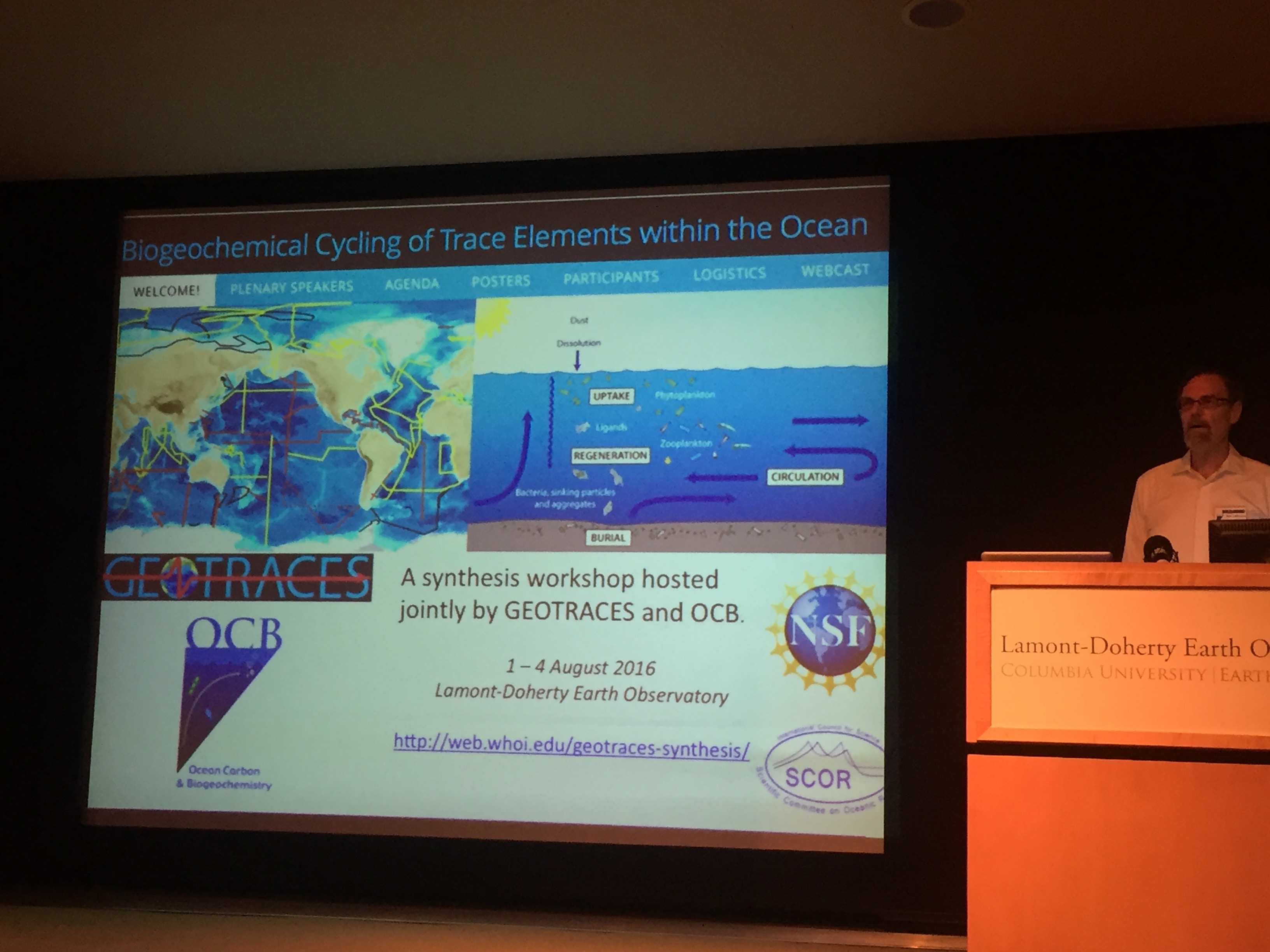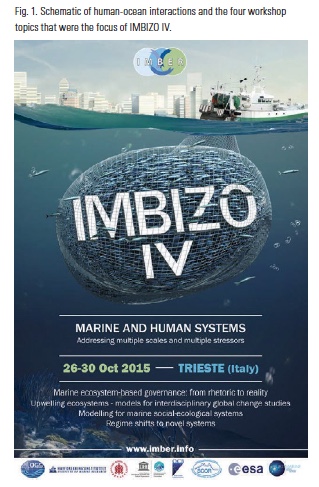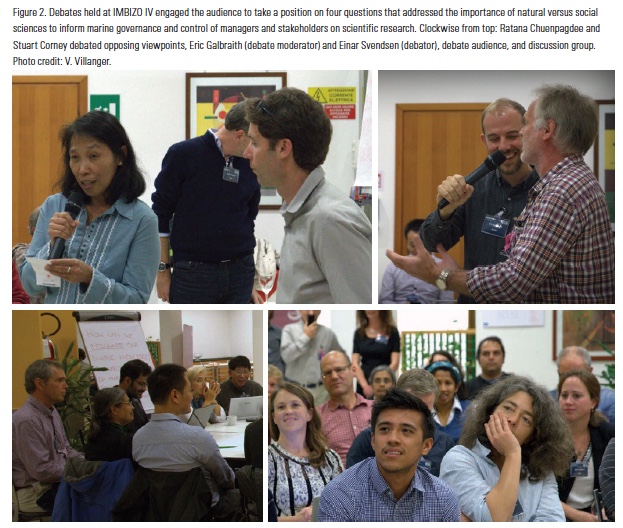The US Carbon Cycle Science Program and the North American Carbon Program are in the midst of planning a workshop on research opportunities, partnerships and investments of Carbon Dioxide Removal (CDR). The intended workshop participants include funders, scientists, policy-makers and practitioners with expertise, resources and/or capabilities to inform federal CDR research opportunities, partnerships and investments related to air, land, coasts and societal dimensions of CDR.
This virtual workshop will be conducted on Monday August 1, 2022; Tuesday August 2, 2022; and Thursday August 4, 2022. (Friday August 12, 2022 – hold for work sessions if needed).
If you are interested in participating, and/or would like to provide input into the workshop planning, please complete this Expression of Interest Form.

